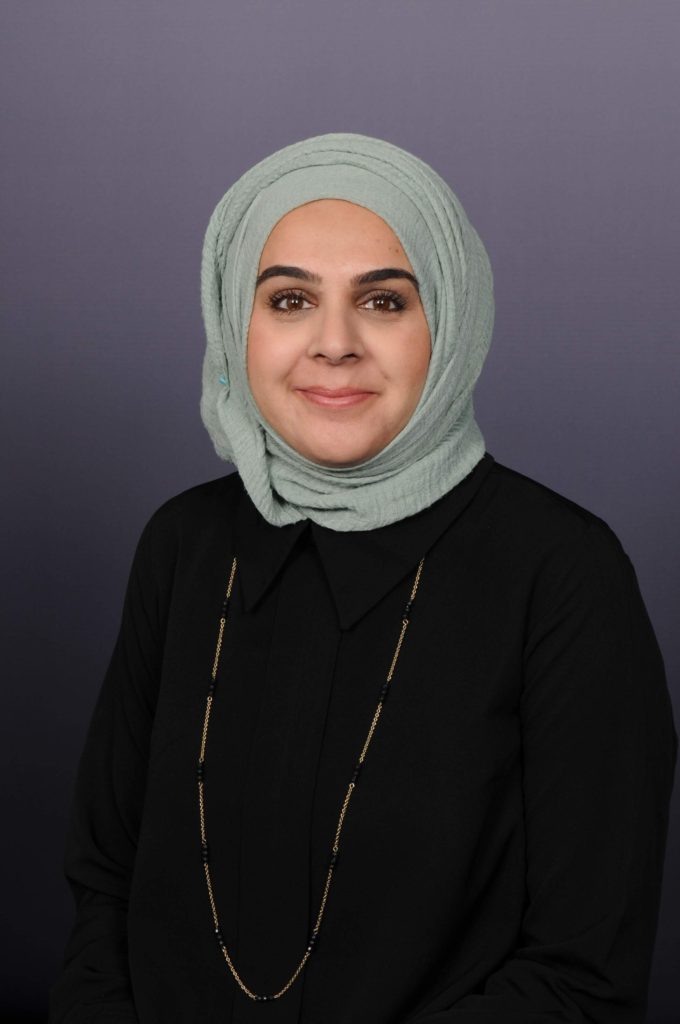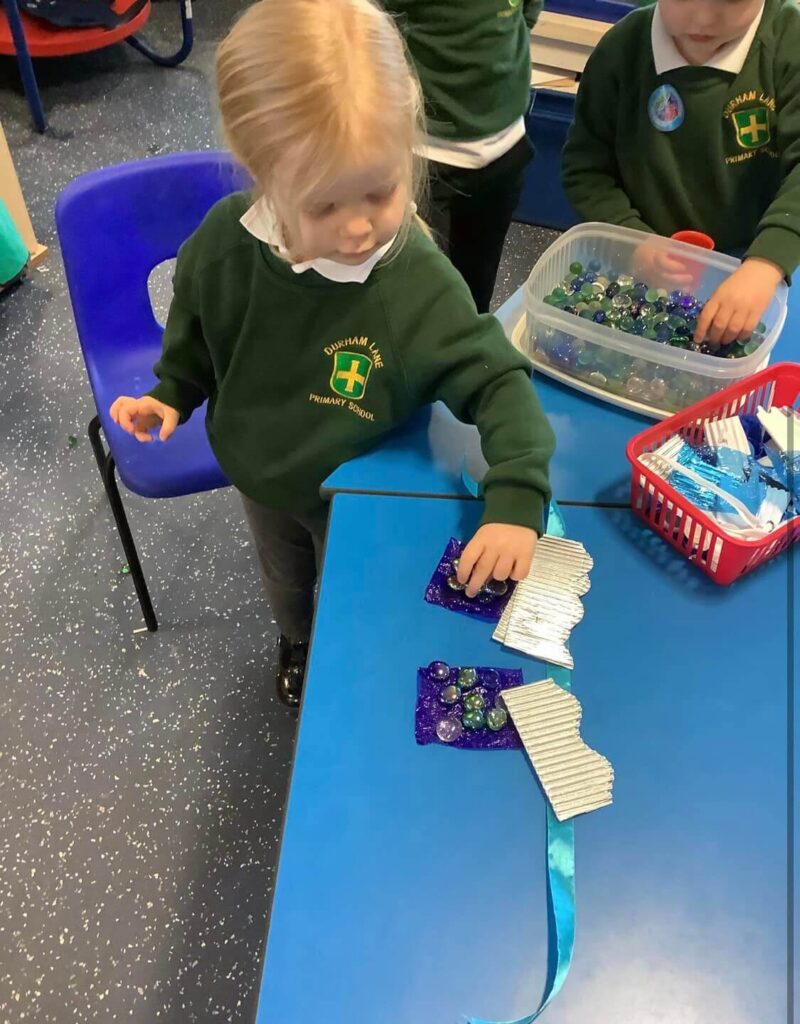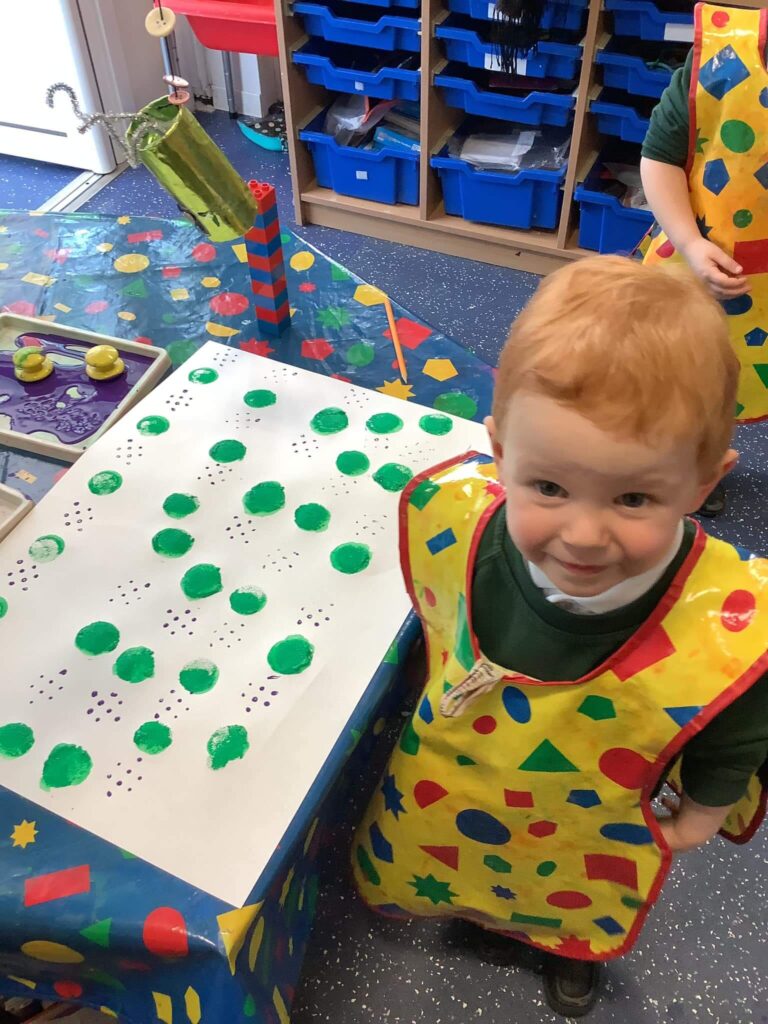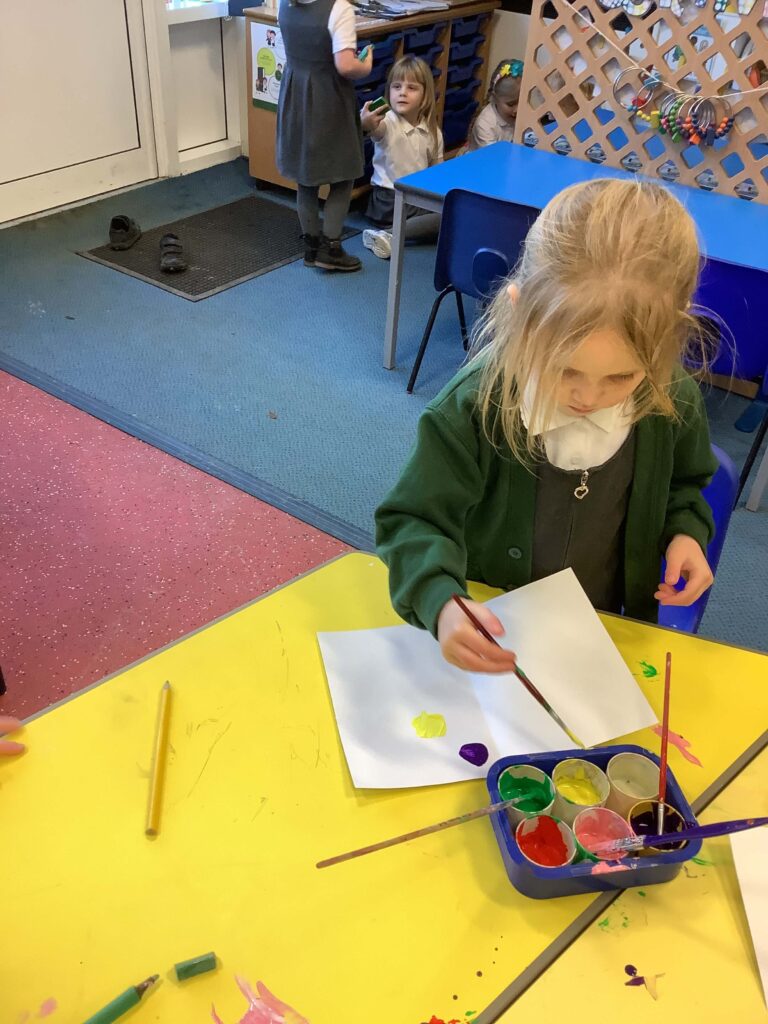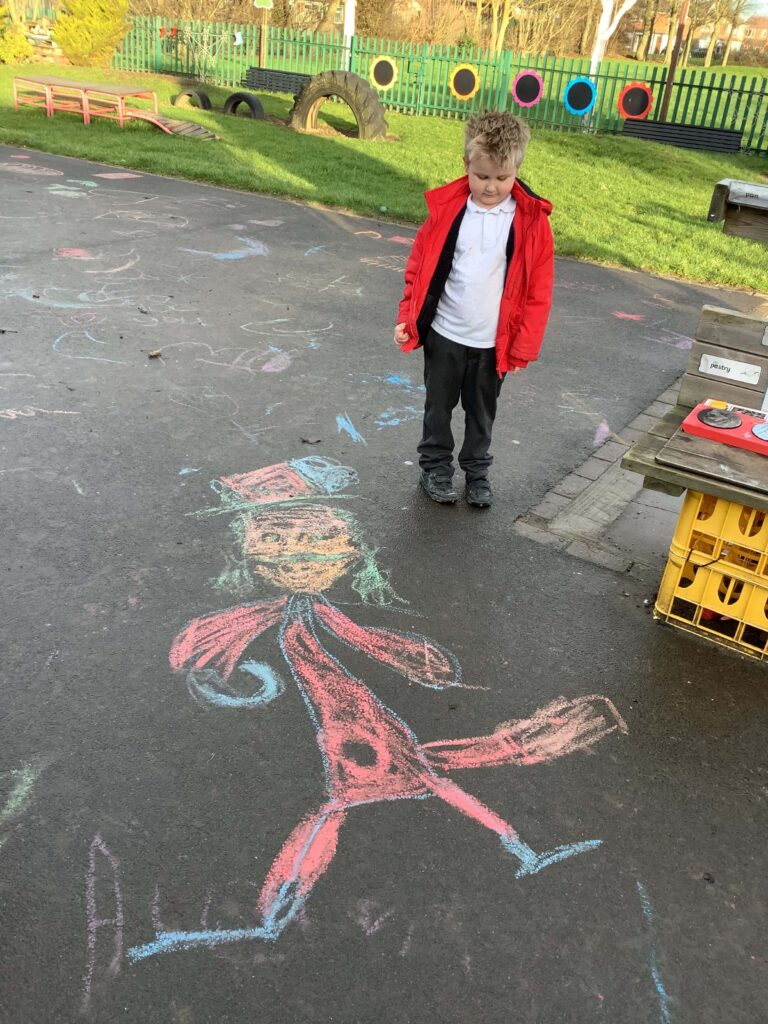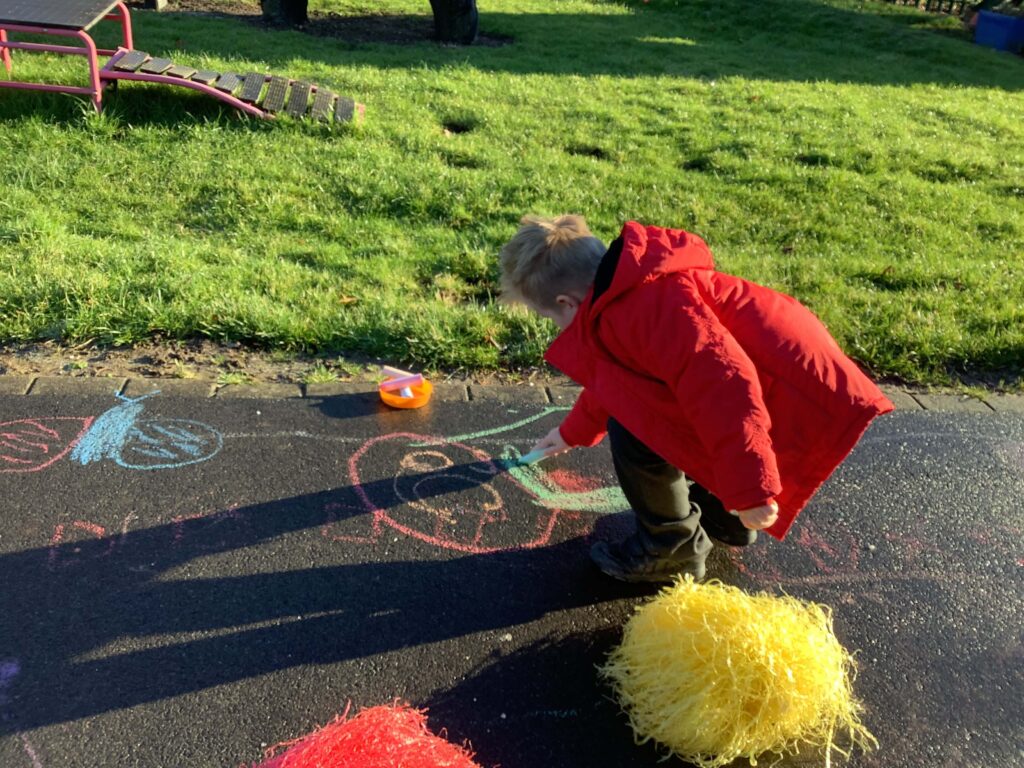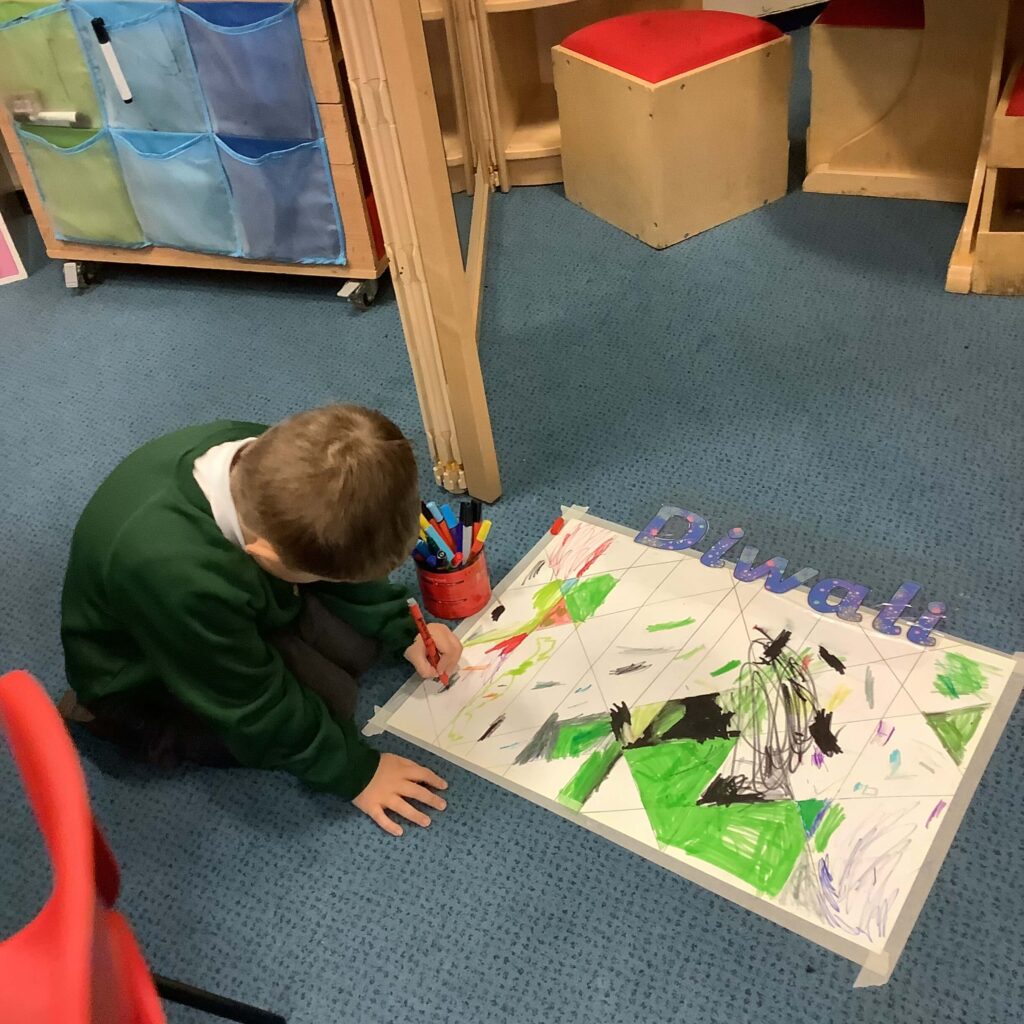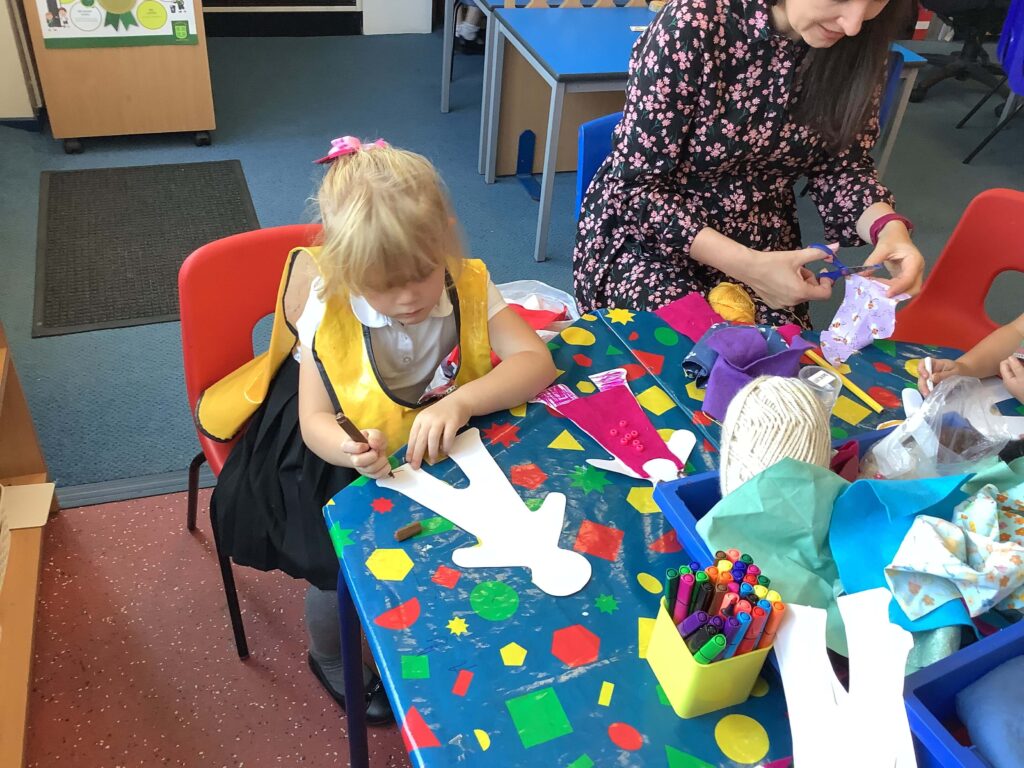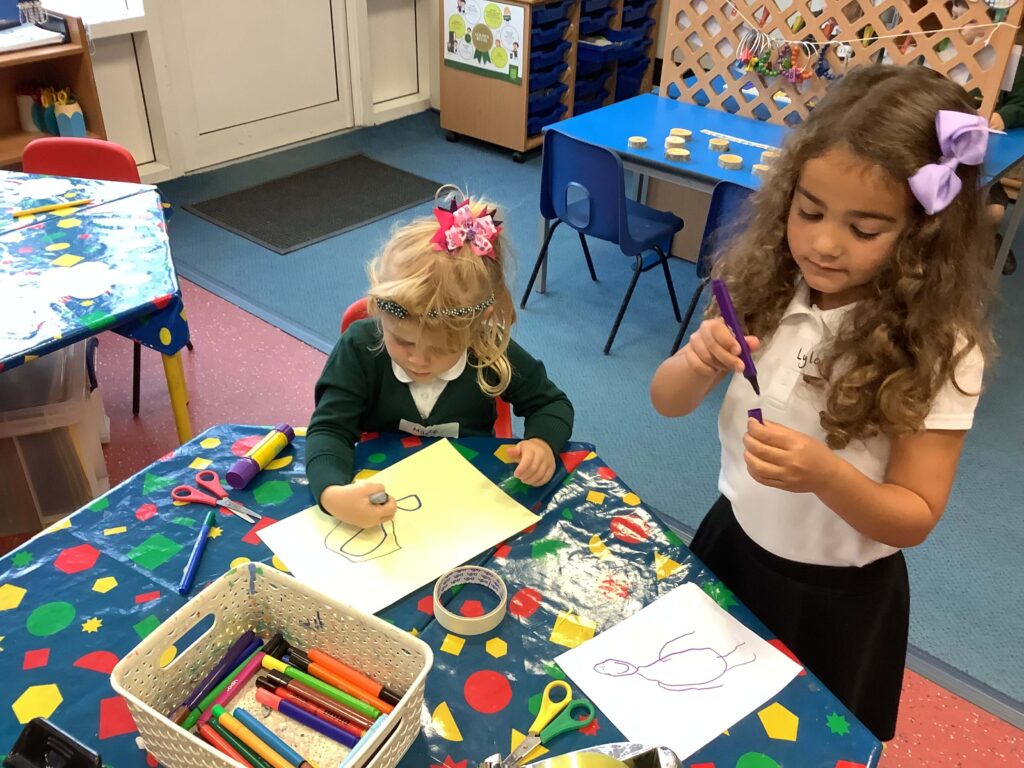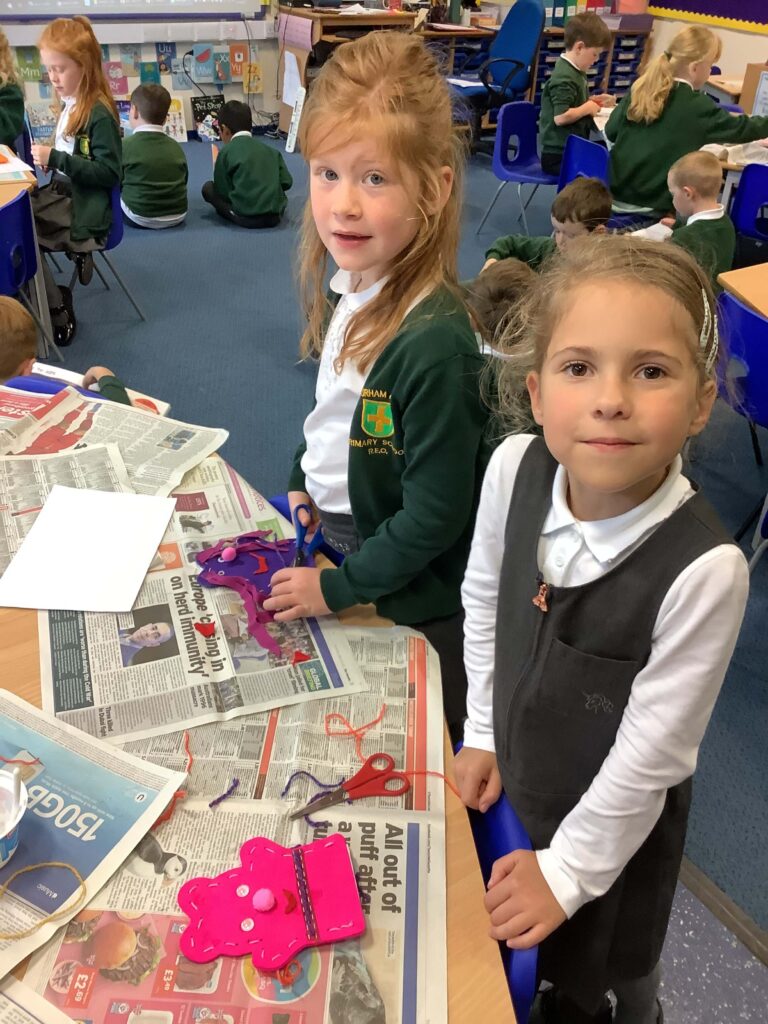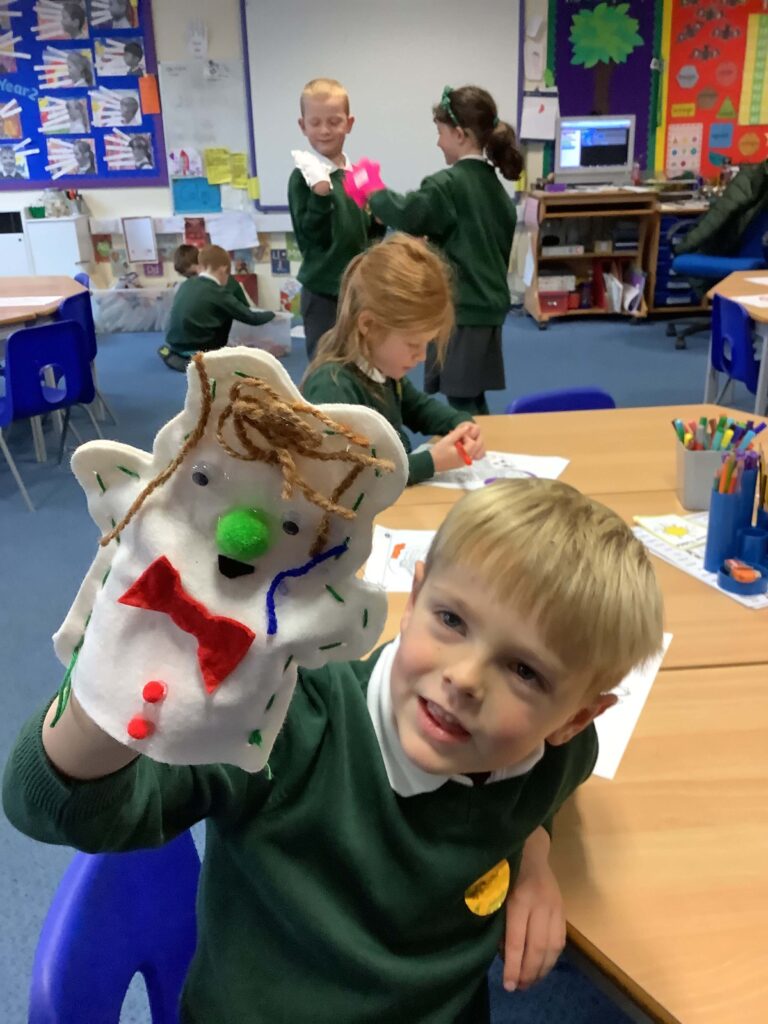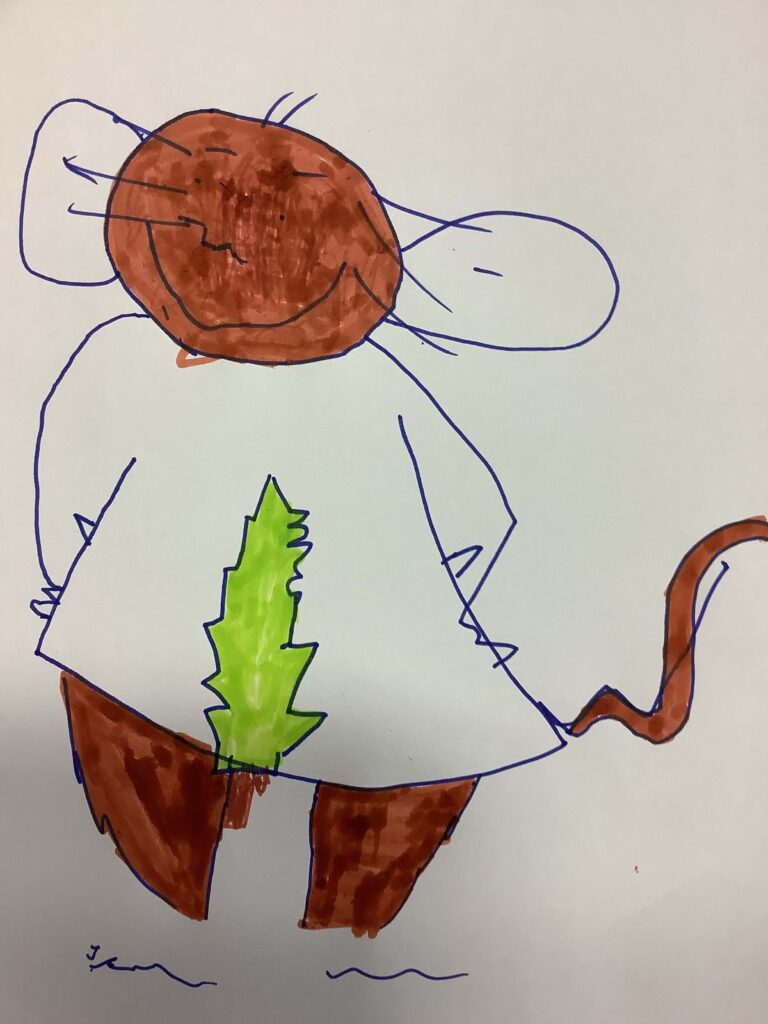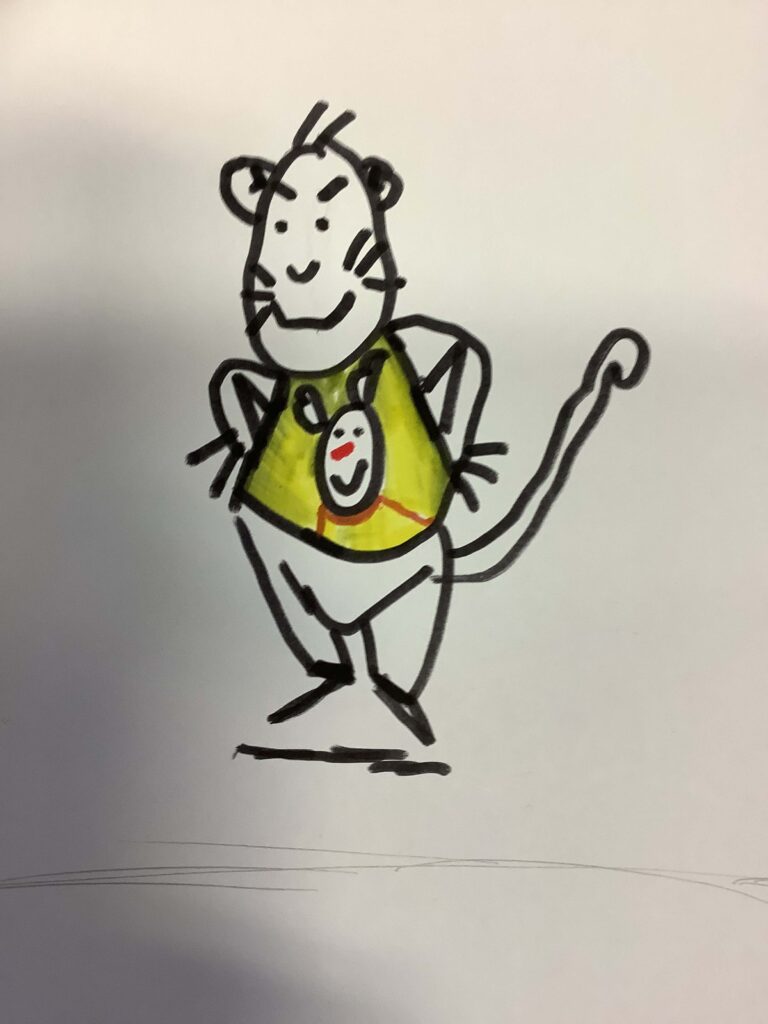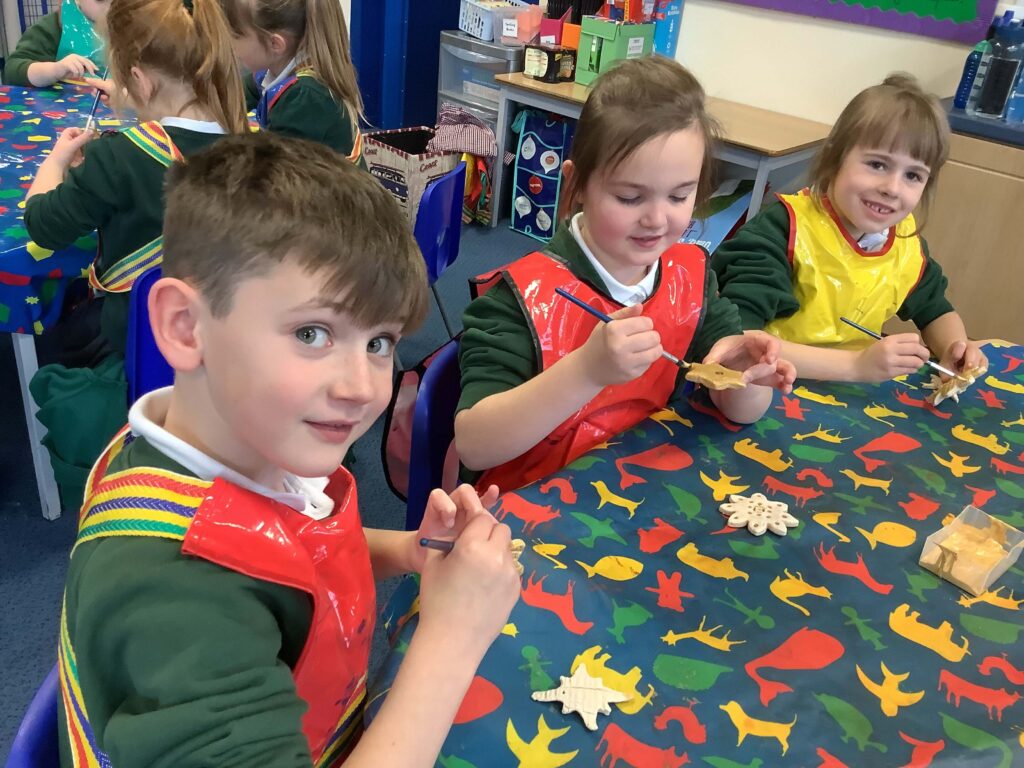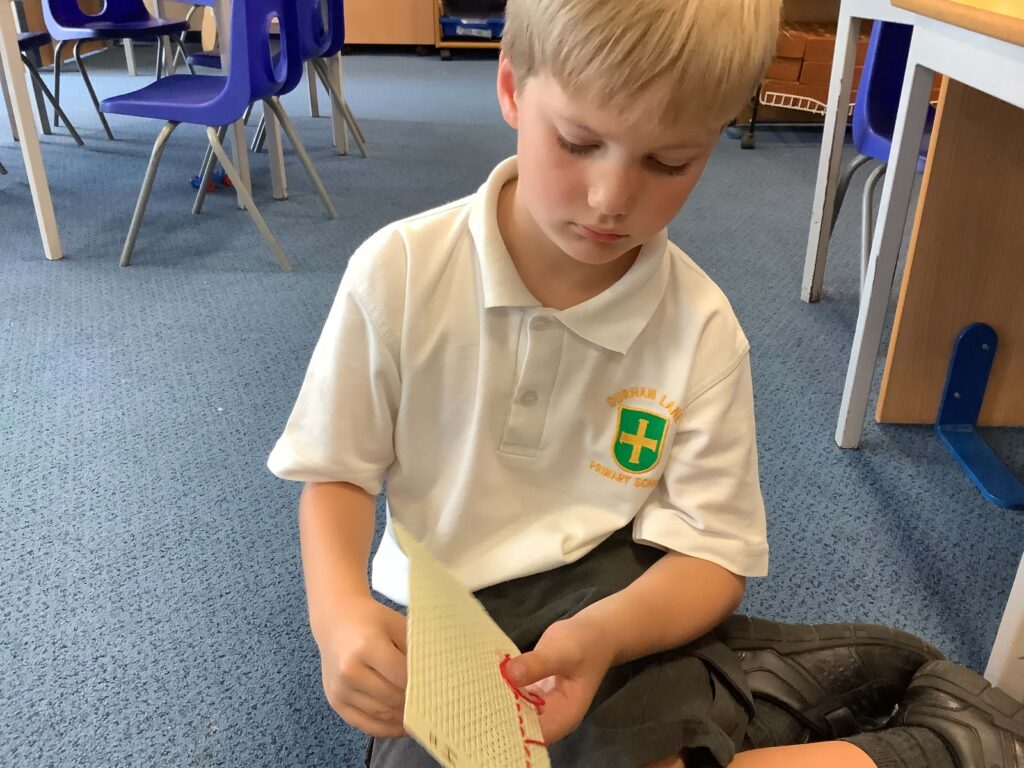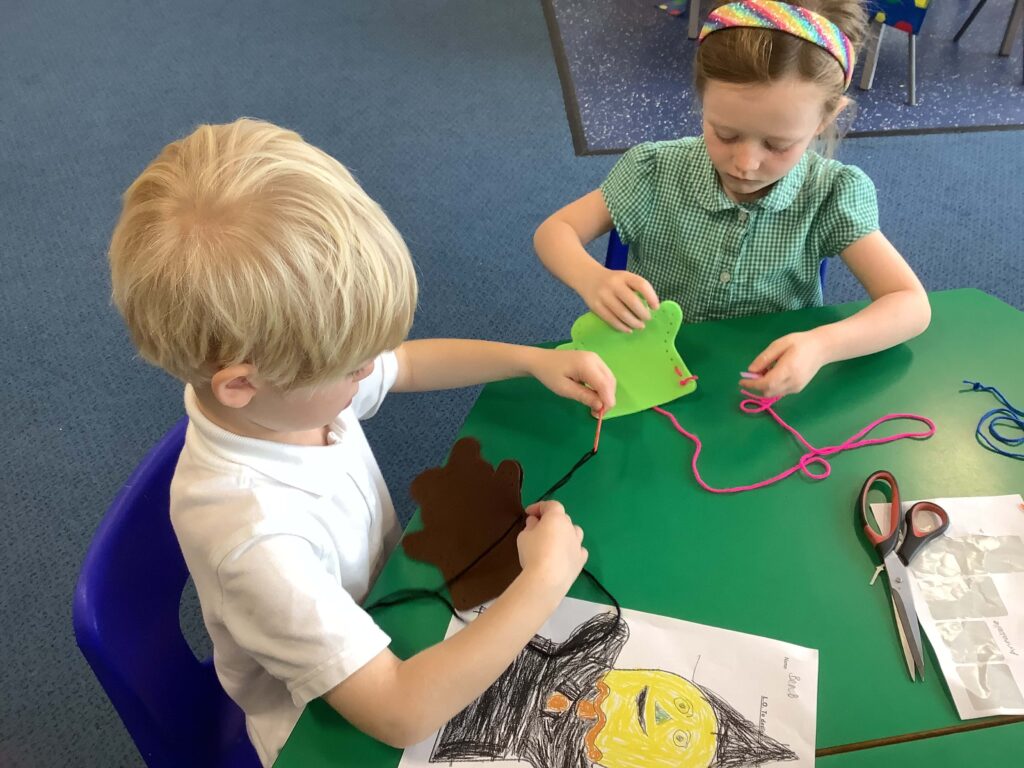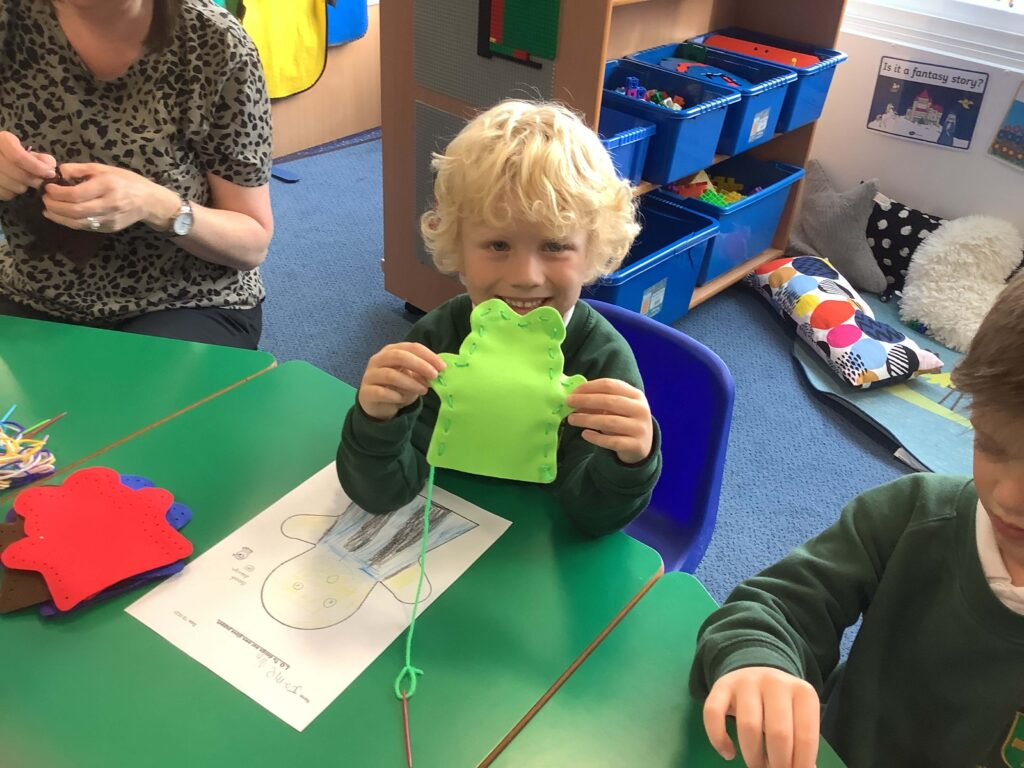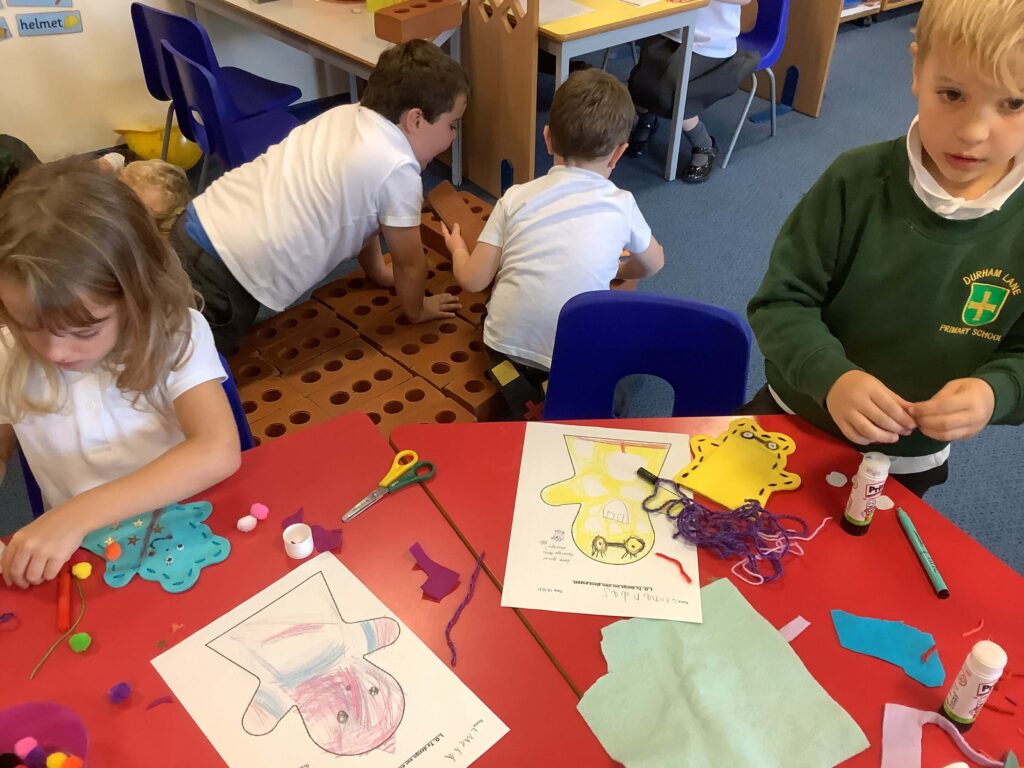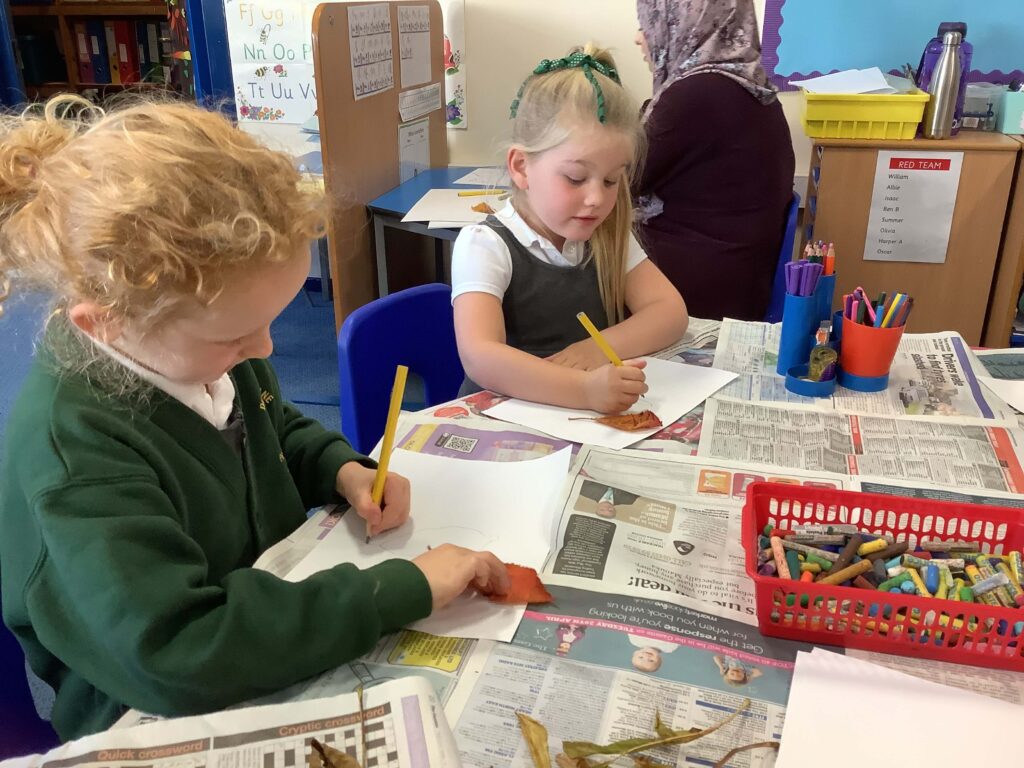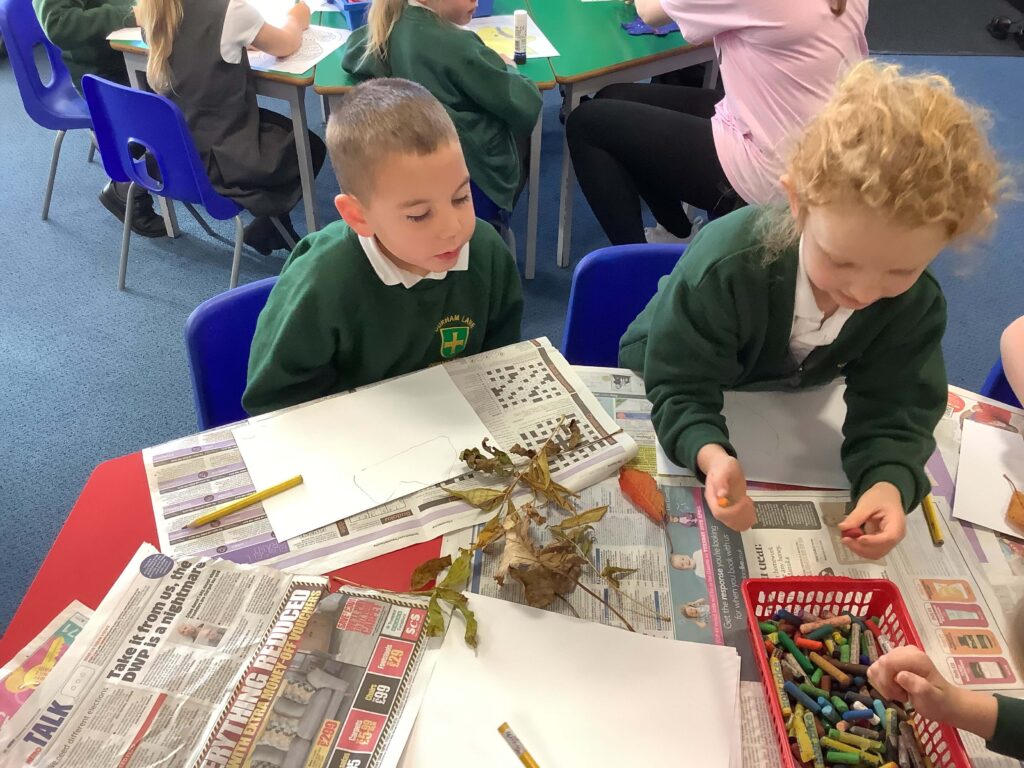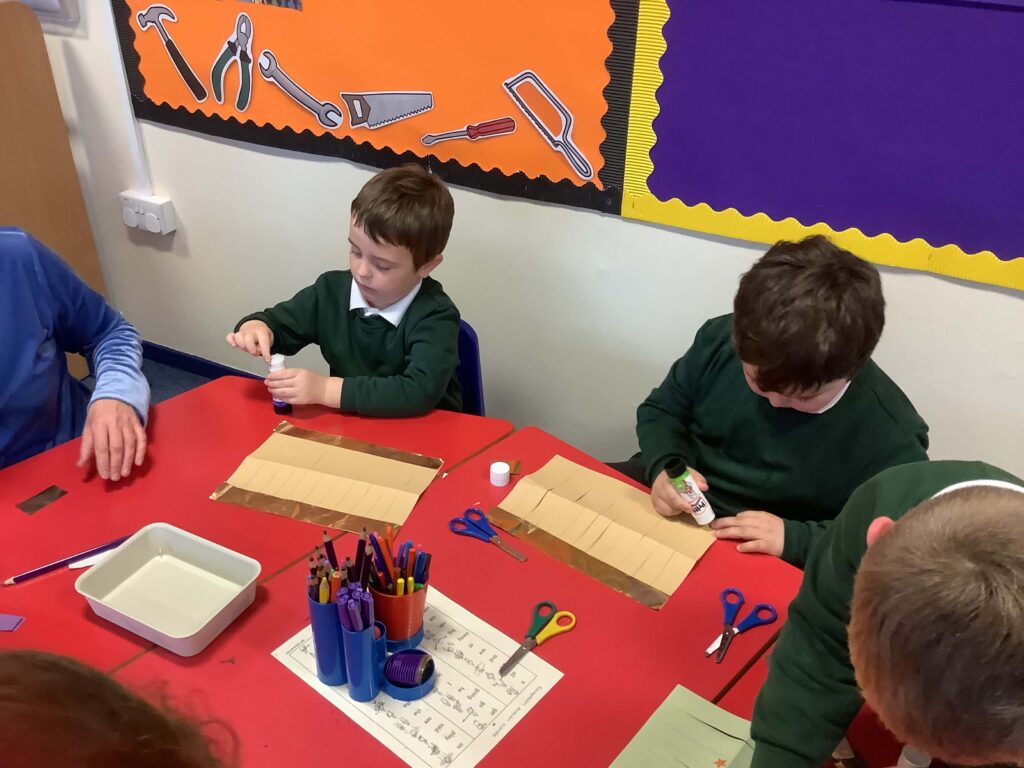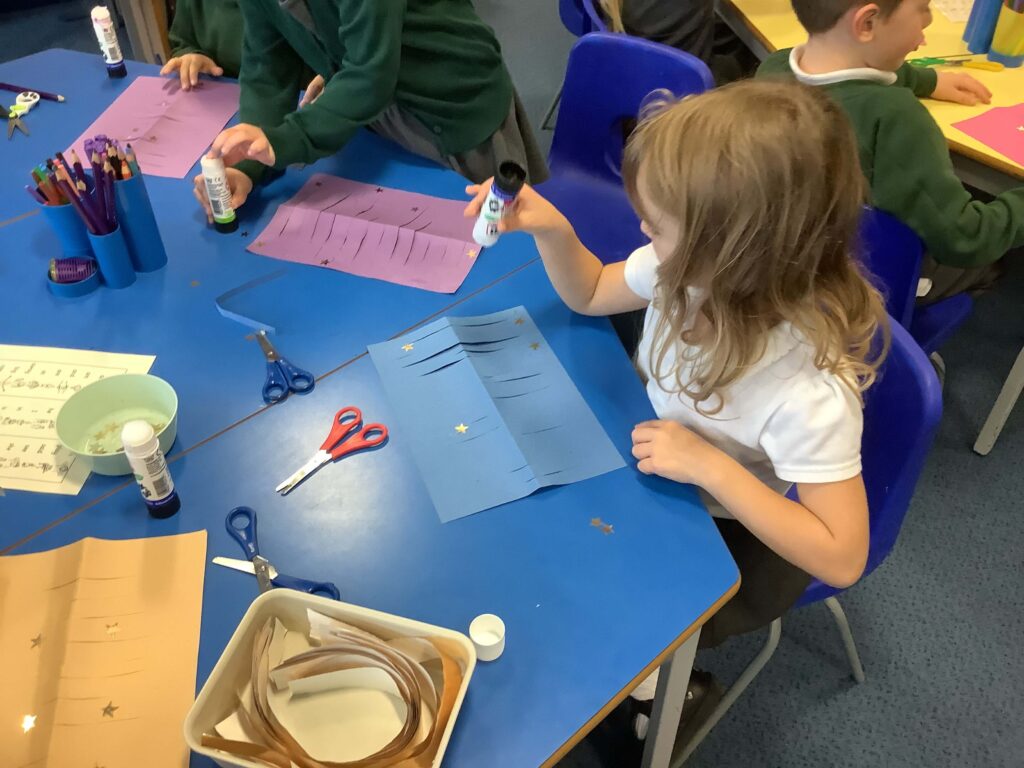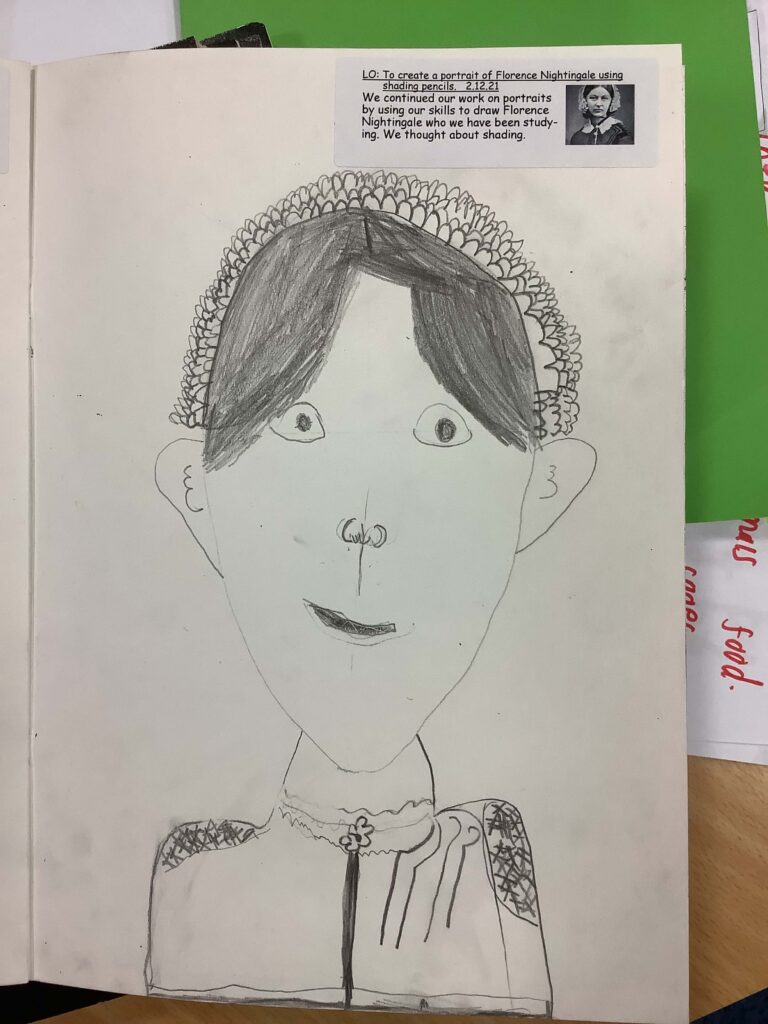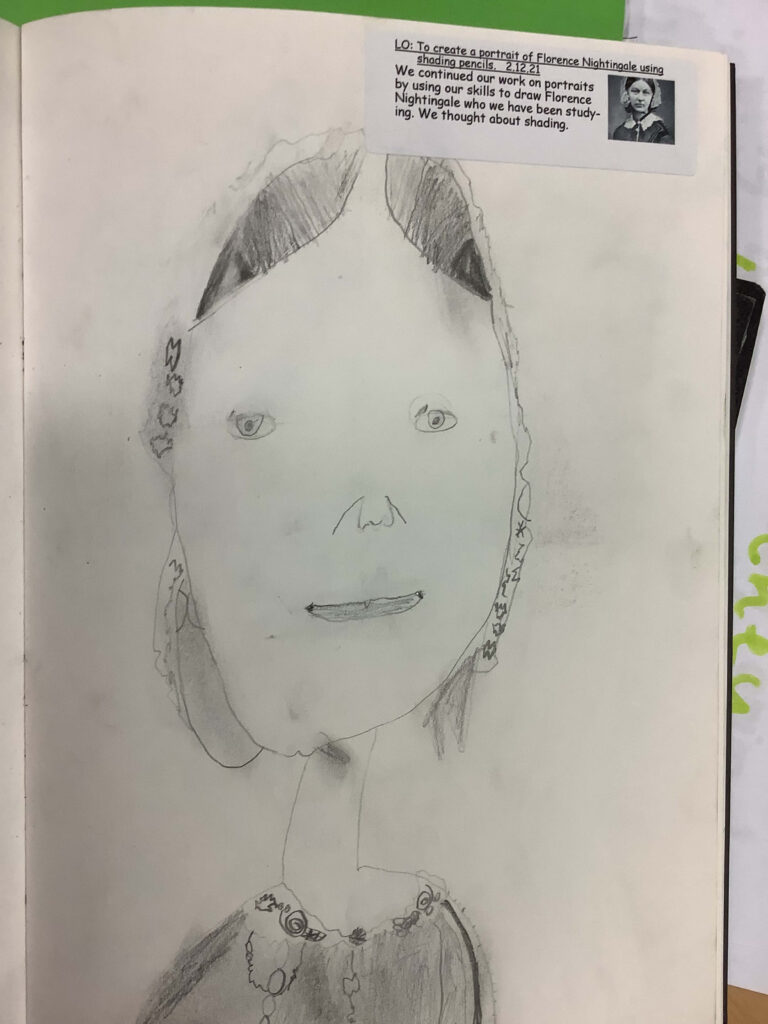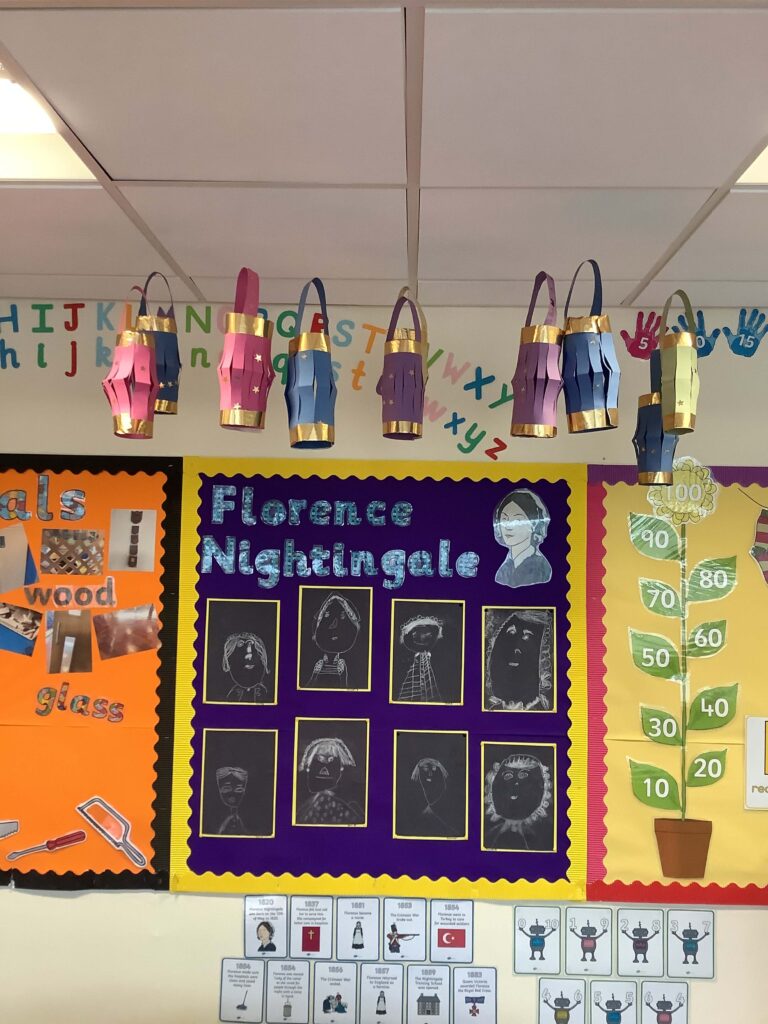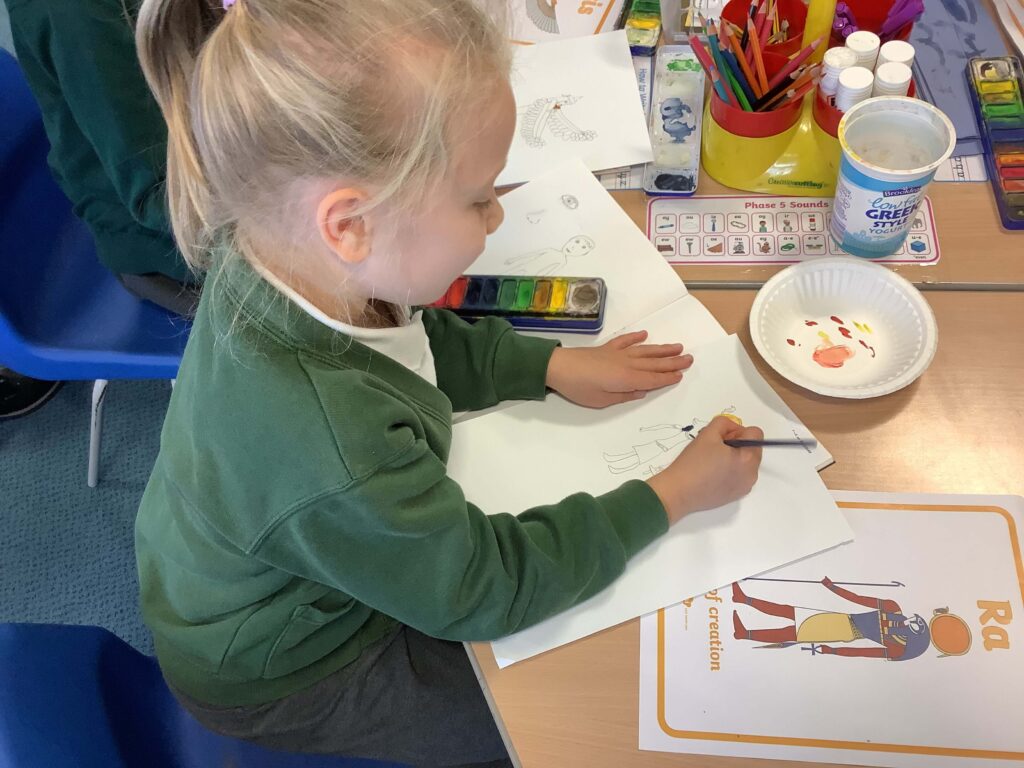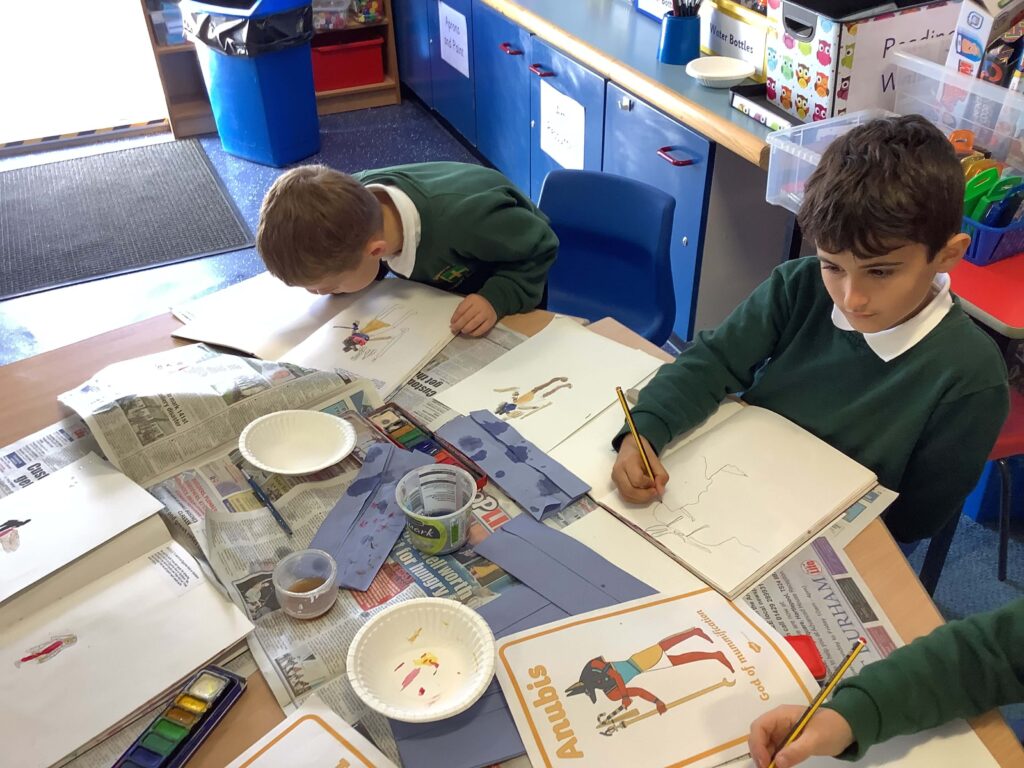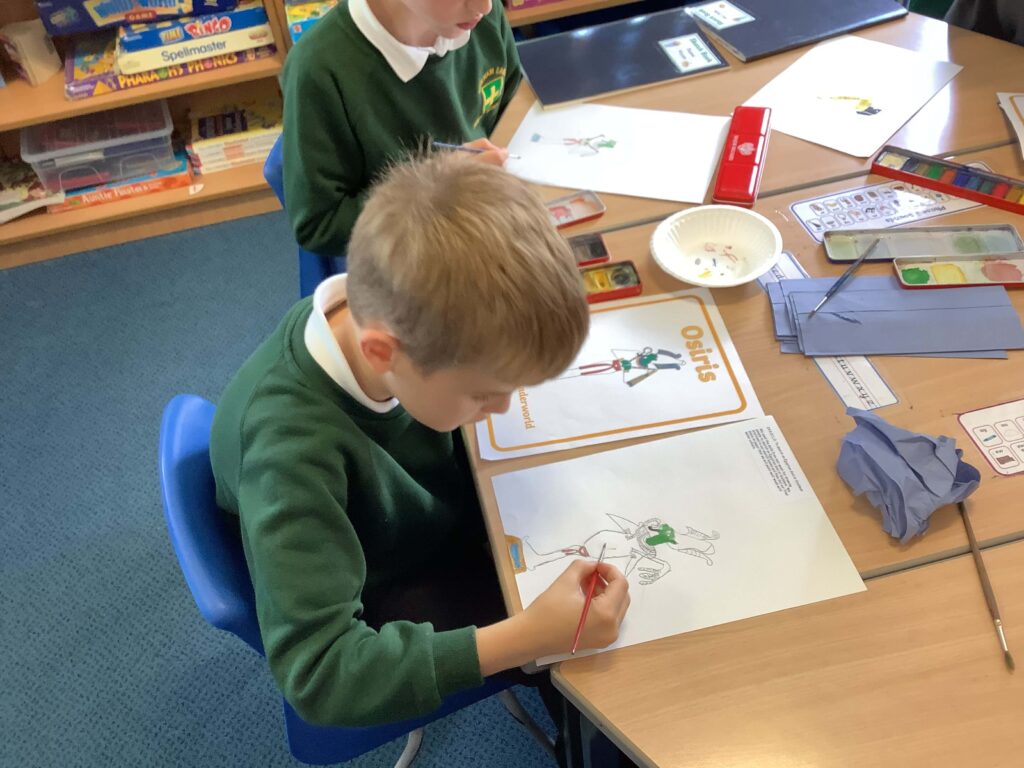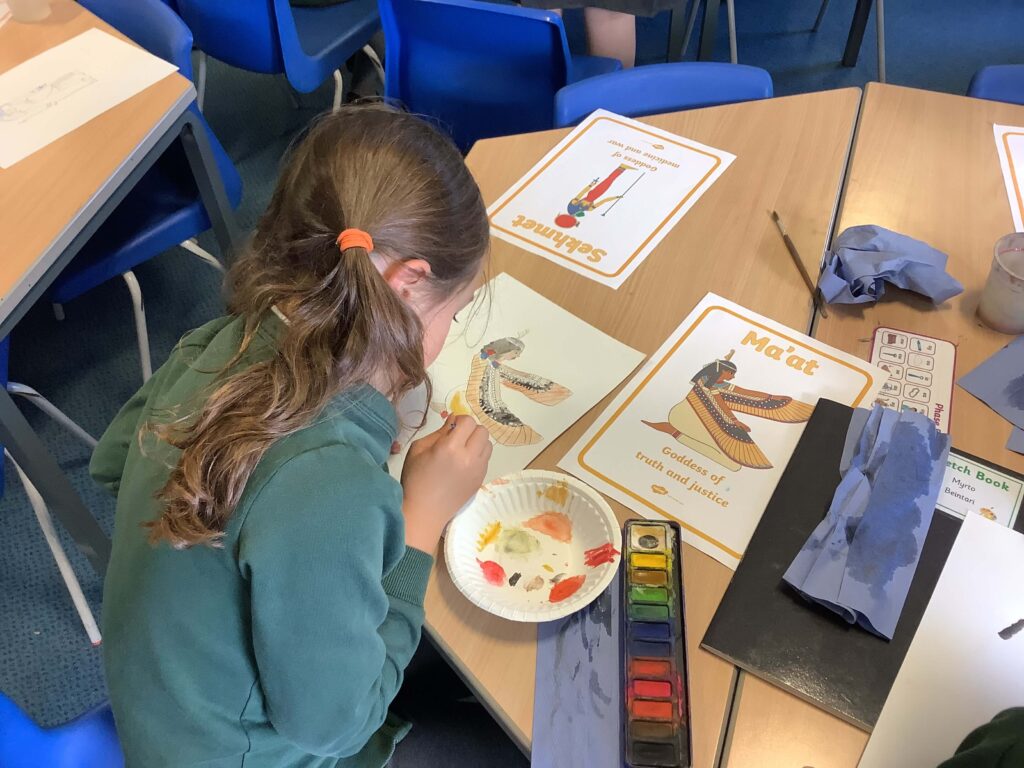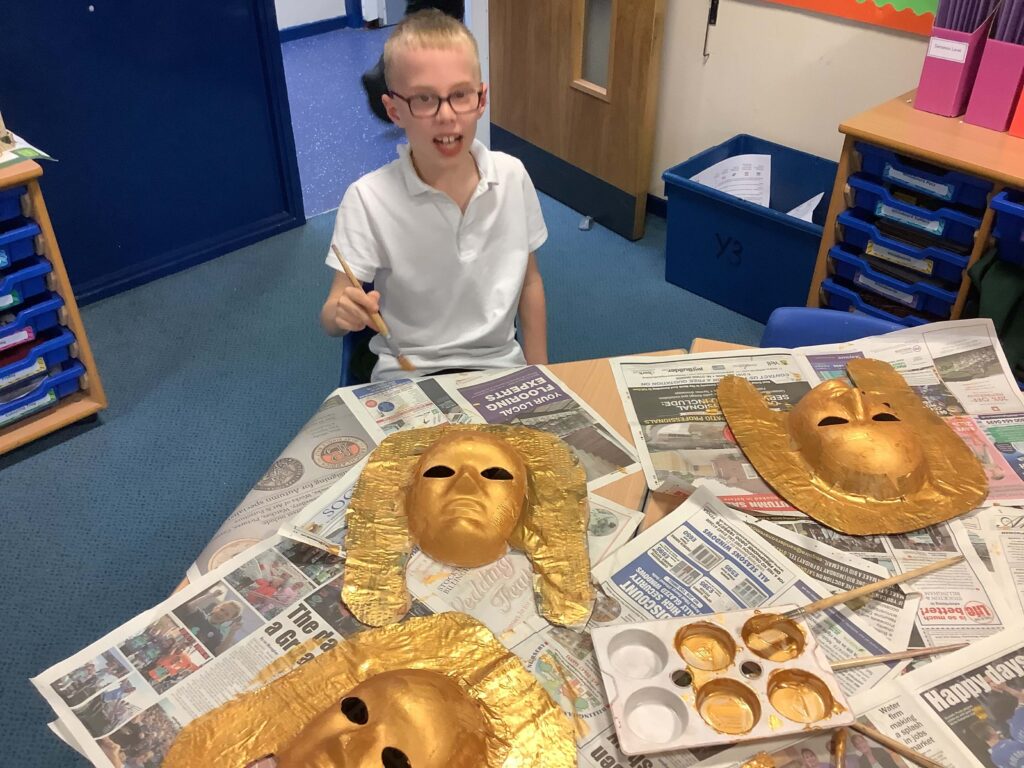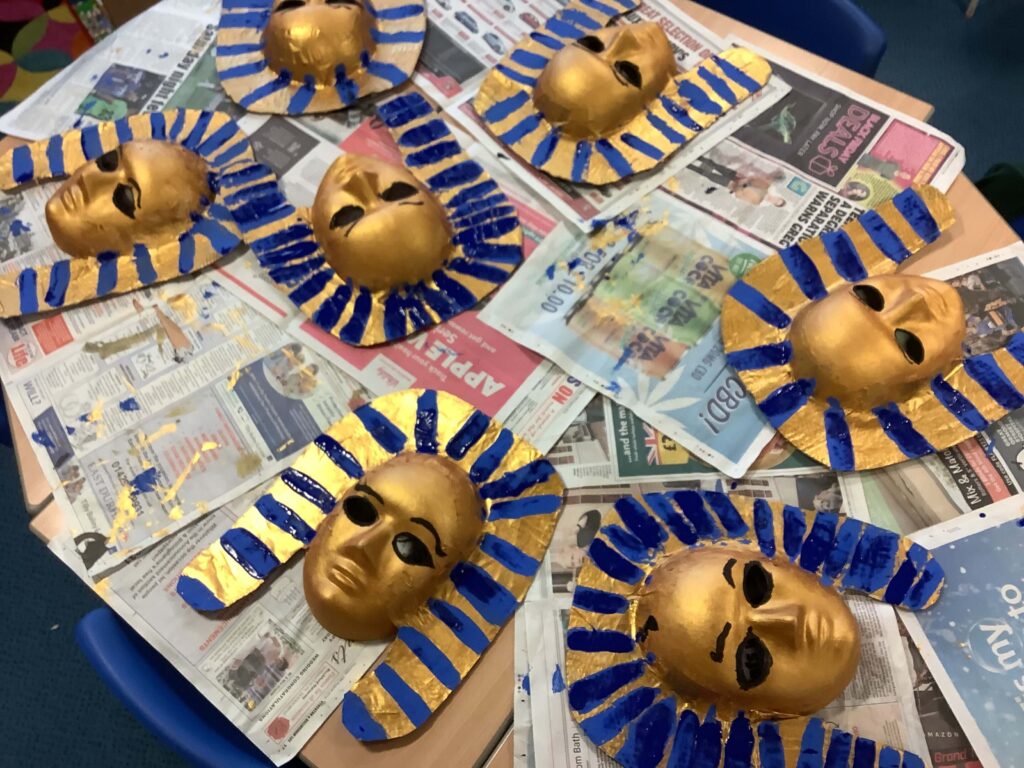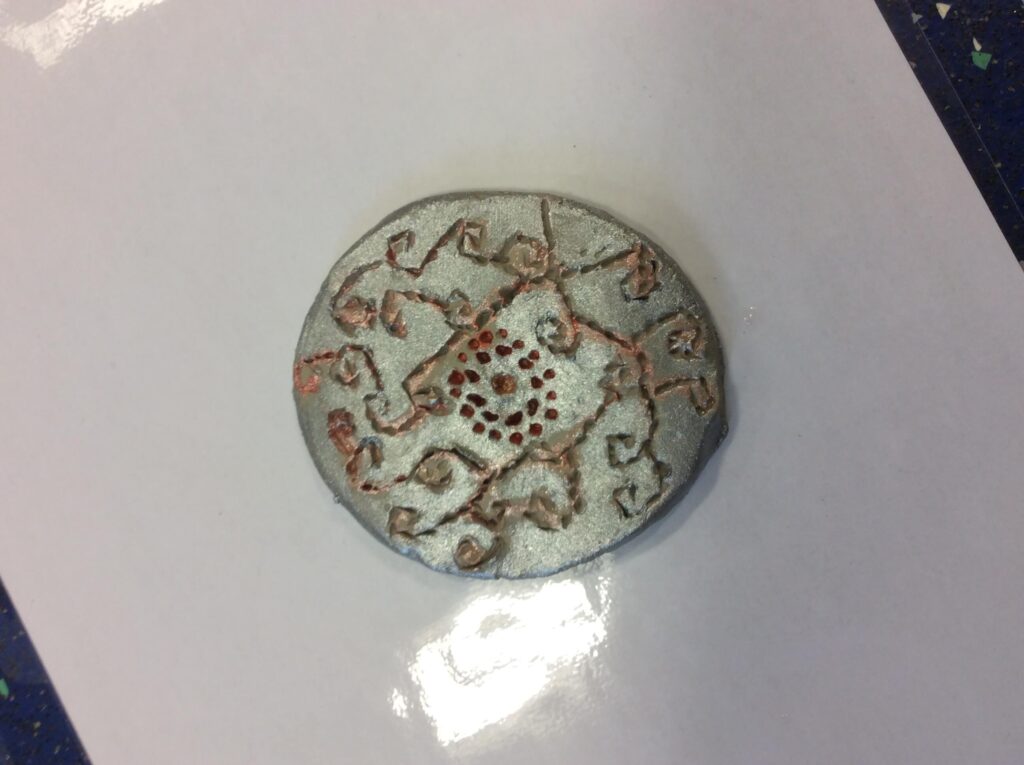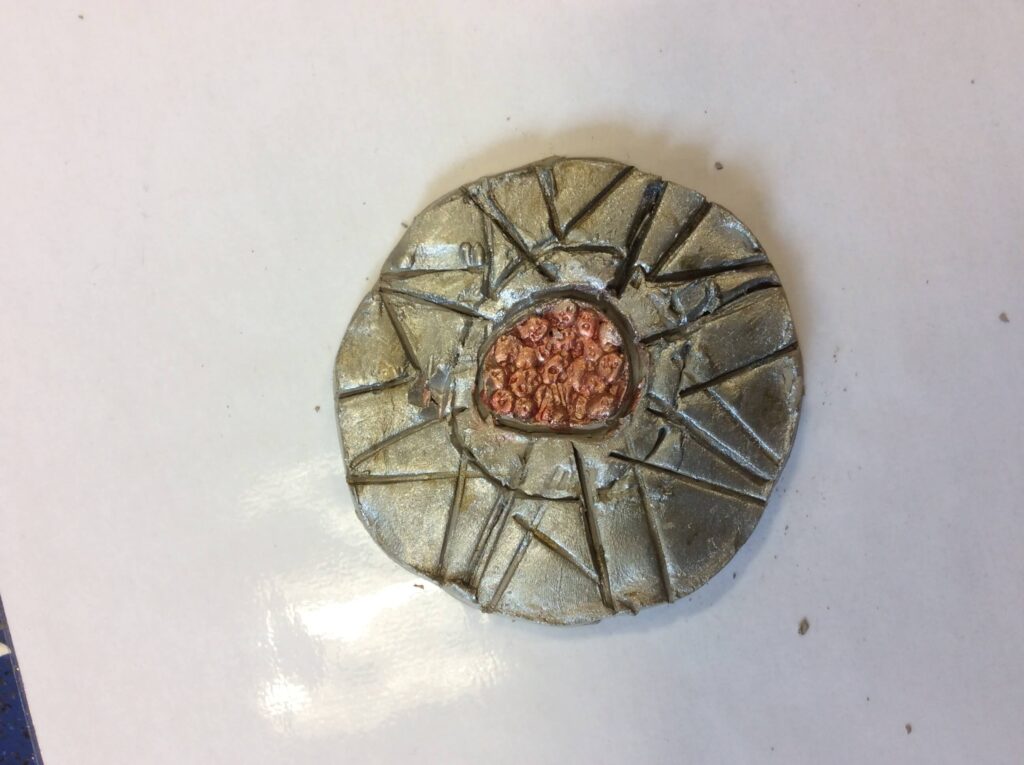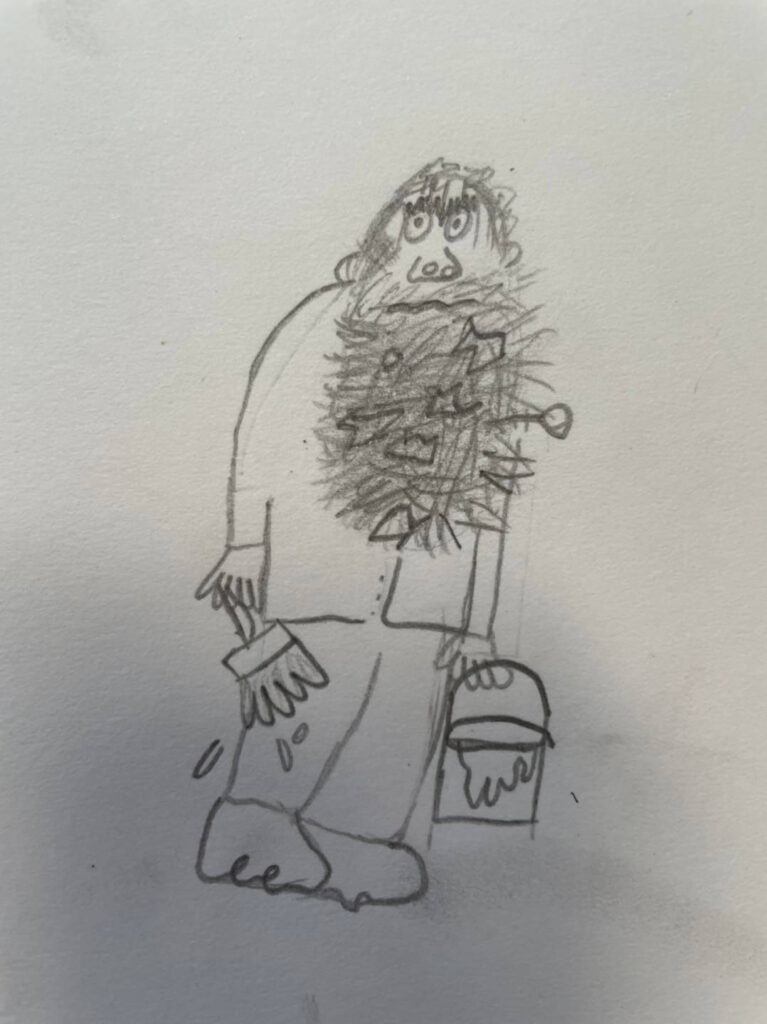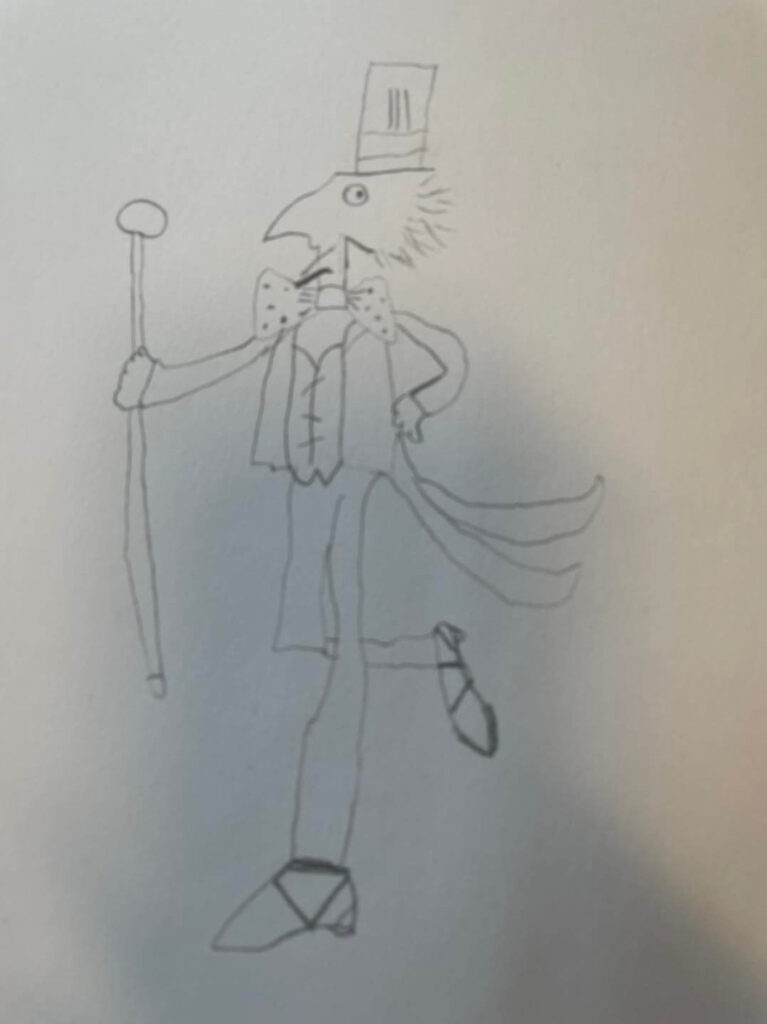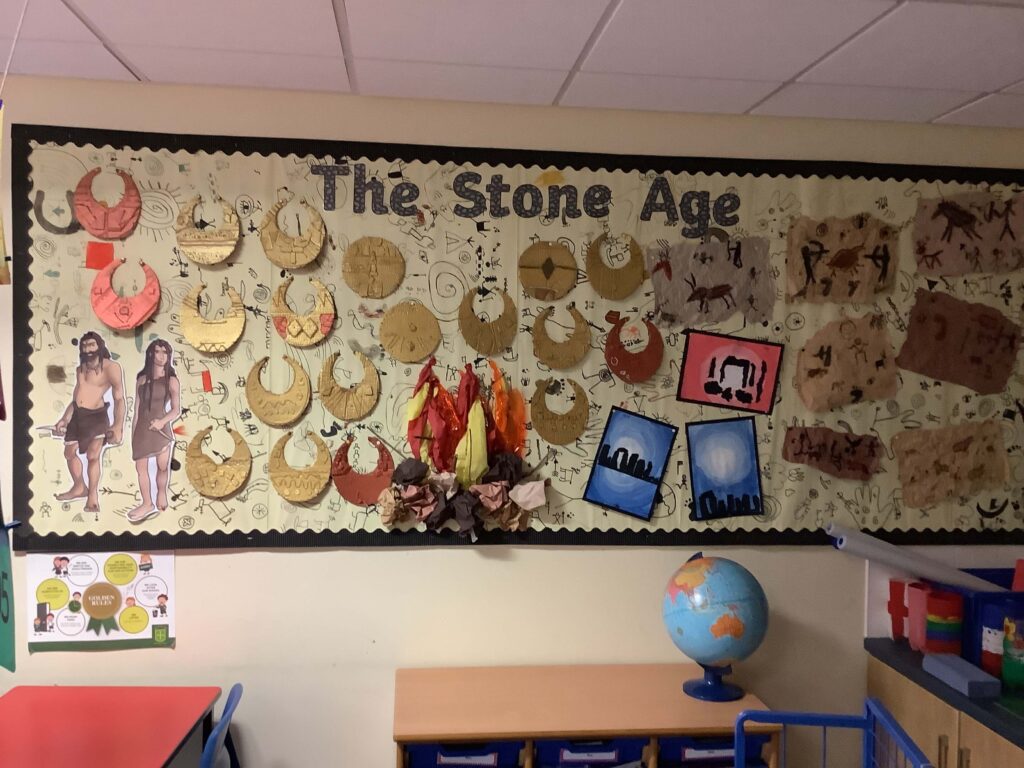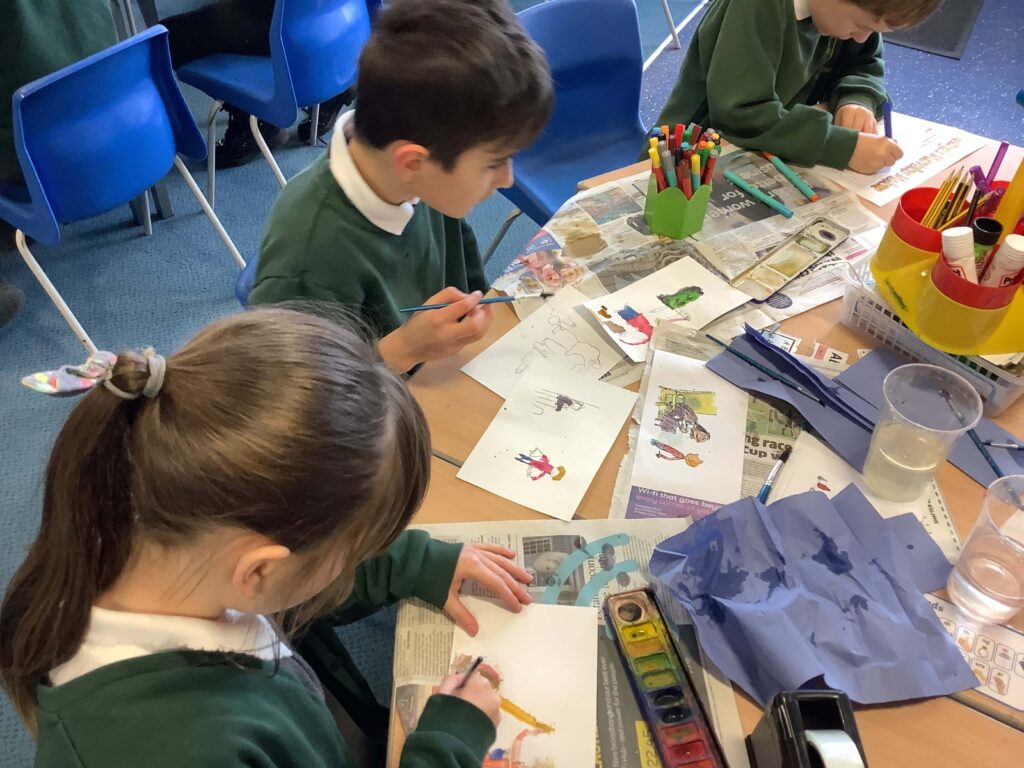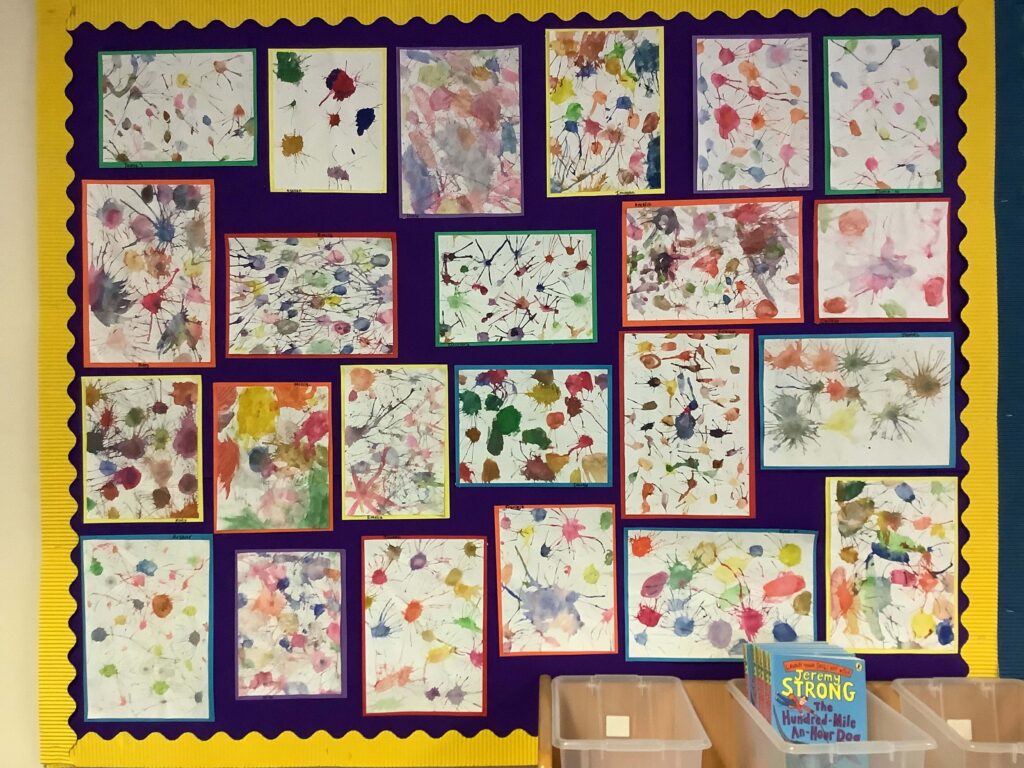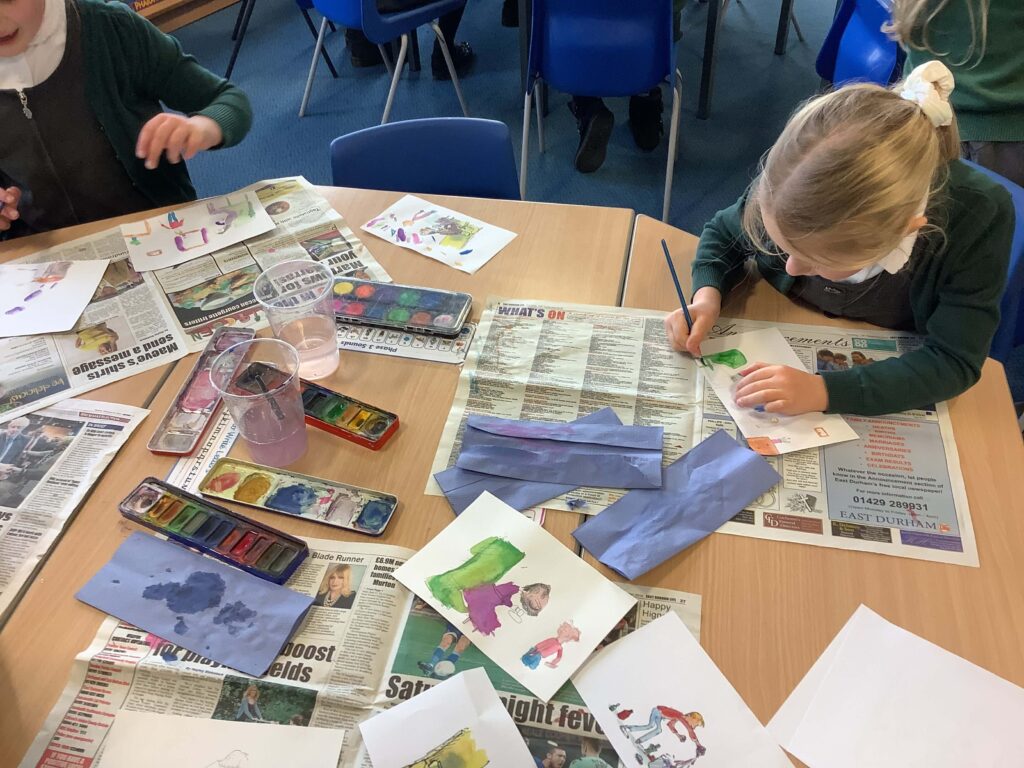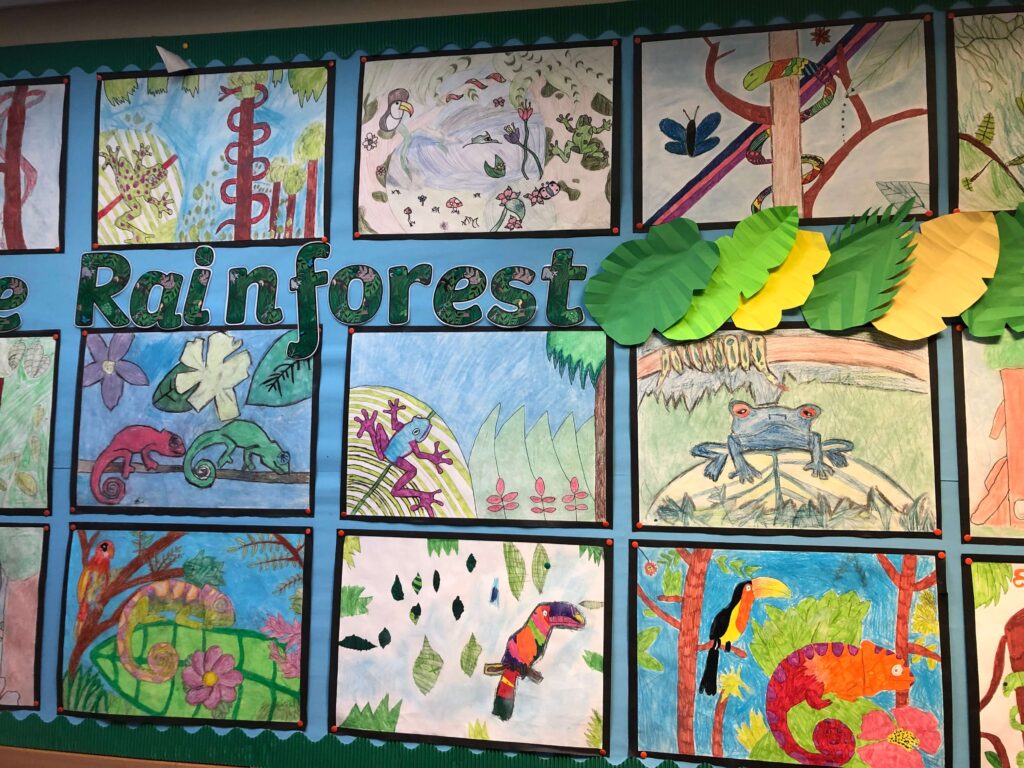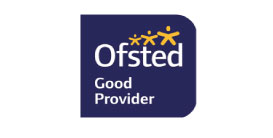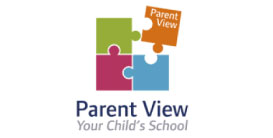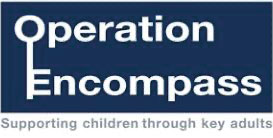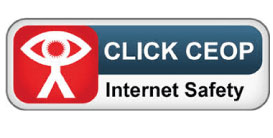Art and Design Intent Statement
Art and Design Subject Leader: Mrs Khan
Intent: what we aim for our children to achieve through our Art curriculum
At Durham Lane Primary School, we value Art and Design as an important part of the children’s entitlement to a broad and balanced curriculum. Art and Design provides the children with the opportunities to develop and extend skills and an opportunity to express their individual interests, thoughts and ideas.
Art, craft and design embody some of the highest forms of human creativity. A high-quality art and design education should engage, inspire and challenge pupils, equipping them with the knowledge and skills to experiment, invent and create their own works of art, craft and design. As pupils progress, they should be able to think critically and develop a more rigorous understanding of art and design. They should also know how art and design both reflect and shape our history, and contribute to the culture, creativity and wealth of our nation.
Implementation: how we achieve our aims:
The national curriculum for art and design aims to ensure that all pupils:
1. Produce creative work, exploring their ideas and recording their experiences.
2. Become proficient in drawing, painting, sculpture and other art, craft and design techniques.
3. Evaluate and analyse creative works using the language of art, craft and design.
4. Know about great artists, craft makers and designers, and understand the historical and cultural development of their art forms.
The teaching and implementation of the Art and Design Curriculum at Durham Lane Primary School is based on the National Curriculum and linked to topics to ensure a well-structured approach to this creative subject.
The children are taught Art as part of their topic work. The work of famous local, national and international artists are explored to enhance the children’s learning. Artists are carefully selected to provide a range of skills and techniques. These artists, include; Damian Hirst, Georges Seurat, Monet, Van Gogh, Richard Long, Andy Warhol, William Morris, Henri Matisse. More detail can be found in our Progression of Skills Plan.
Early Years Foundation Stage
Pupils explore and use a variety of media and materials through a combination of child initiated and adult directed activities. They have opportunities to learn to:
- Explore the textures, movement, feel and look of different media and materials
- Respond to a range of media and materials, develop their understanding of them in order to manipulate and create different effects
- Use different media and materials to express their own ideas
- Explore colour and use for a particular purpose
- Develop skills to use simple tools and techniques competently and appropriately
- Select appropriate media and techniques and adapt their work where necessary
Key stage 1
Pupils are taught:
- To use a range of materials creatively to design and make products
- To use drawing, painting and sculpture to develop and share their ideas, experiences and imagination
- To develop a wide range of art and design techniques in using colour, pattern, texture, line, shape, form and space
- About the work of a range of artists, craft makers and designers, describing the differences and similarities between different practices and disciplines, and making links to their own work.
Key stage 2
Pupils are taught to develop their techniques, including their control and their use of materials, with creativity, experimentation and an increasing awareness of different kinds of art, craft and design.
Pupils are taught:
- To create sketch books to record their observations and use them to review and revisit ideas
- To improve their mastery of art and design techniques, including drawing, painting and sculpture with a range of materials [for example, pencil, charcoal, paint, clay]
- About great artists, architects and designers in history.
Impact: how we know we have achieved our aims:
Children in Foundation Stage are assessed within Expressive Arts and Design and their progress is tracked using the Development Matters Document. Expectation levels are reported to parents at the end of the Reception year.
Throughout the rest of school, we measure the impact of our curriculum through the following methods:
- Summative assessment of pupils’ skills (termly data is put on our Insight tracking system and is analysed by the subject leader);
- Images and videos of the children’s practical learning;
- Discussions with pupils about their learning (pupil voice);
- Lesson observations and feedback given by subject leader
- Annual reporting to parents about their child’s achievement and effort within art;
- Children are questioned about their current and previous learning;
- Children are encouraged to question each other and discuss their knowledge whilst completing their art work;
- Displays of children’s work are in classrooms and around school, celebrating learning and demonstrating progression across the school.
Art and Design Key Concepts Map
Art and Design in Early Years Foundation Stage
Art and Design in Key Stage One
Art and Design in Key Stage Two


